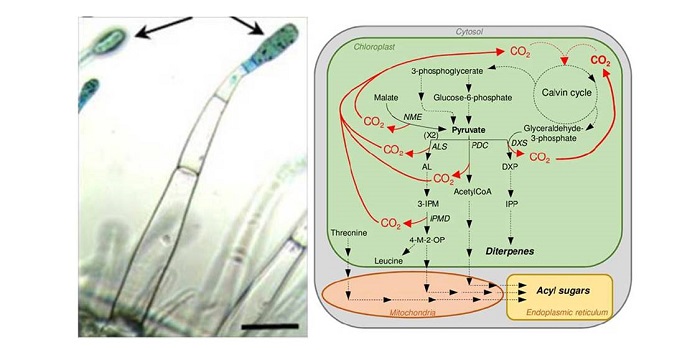
Photosynthetic trichomes contain a specific Rubisco with a modified pH-dependent activity
Rubisco (Ribulose-1,5-biphosphate carboxylase/oxygenase) is the key enzyme in photosynthetic carbon fixation. In C3 plants, the enzyme is usually found in mesophyll cells and guard cells, but it also can be found in photosynthetic glandular trichomes such as those found in tobacco. Laterre et al. used…
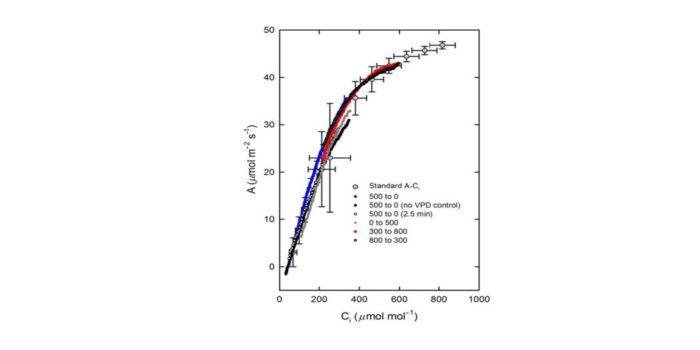
Technical Report: The rapid A–Ci response: photosynthesis in the phenomic era ($)
0 Comments
/
Large-scale phenotyping efforts depend on large numbers of measurements, so the time taken for any one measurement has a big effect on the number of samples that can be processed. Stinziano et al. describe a breakthrough in the method used to identify the photosynthetic parameters Vc,max (maximum rate…
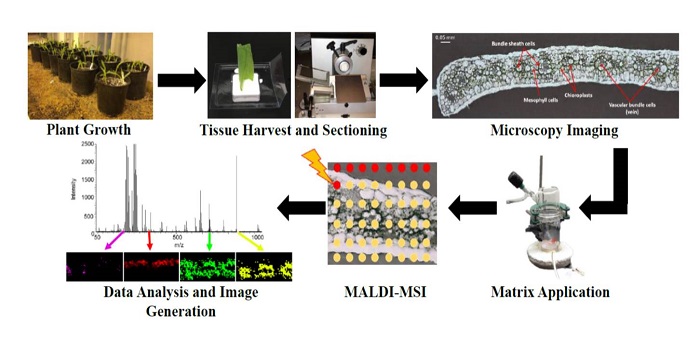
Technical Advance: Distribution of thylakoid membrane lipids among individual cells of maize leaf ($)
The distribution of metabolites in tissues can be determined in situ through the technique Mass spectrometry imaging (MSI) with matrix-assisted laser desorption ionization (MALDI) (also known as MALDI-MSI). Duenas et al. used MALDI-MSI to analyze the distribution of thylakoid membrane lipids in maize,…
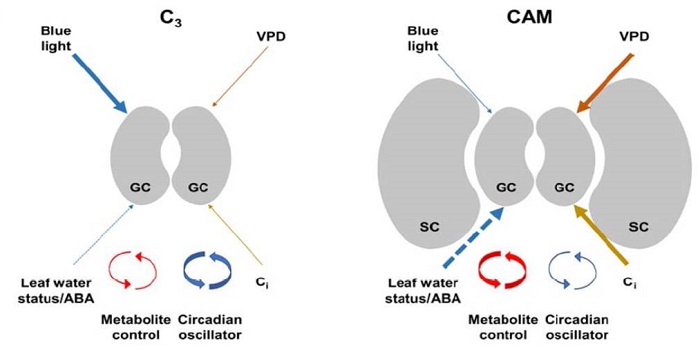
Update: Stomatal biology of CAM plants
Crassulacean acid metabolism (CAM) plants open their stomata at night, decreasing water loss and increasing water-use efficiency as well as drought tolerance. Males and Griffiths review the stomatal biology of CAM plants as compared to C3 plants. For example, CAM stomata are relatively insensitive to…
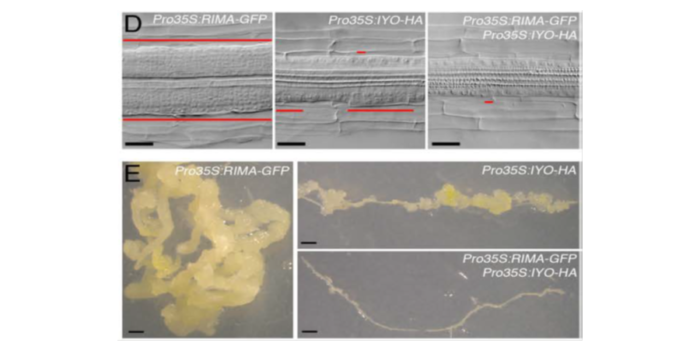
Molecular signals for regeneration ($)
Every gardener knows that pulling off a shoot is not sufficient to kill a plant. Plants are able to reprogram cells in order to regenerate missing tissues. Pulling off a shoot removes photosynthetic tissues, but the root responds by activating chloroplasts to take over this role. Kobayashi et al. (Plant…

Importance of fluctuations in light on plant photosynthetic acclimation
Plant growth chambers are indispensable for most plant science researchers, but of course they do not replicate the outdoor environment. Vialet-Chabrand and Matthews et al. explore the effect of realistic, dynamic fluctuating light (for example as influenced by clouds and leaves) versus light provided…
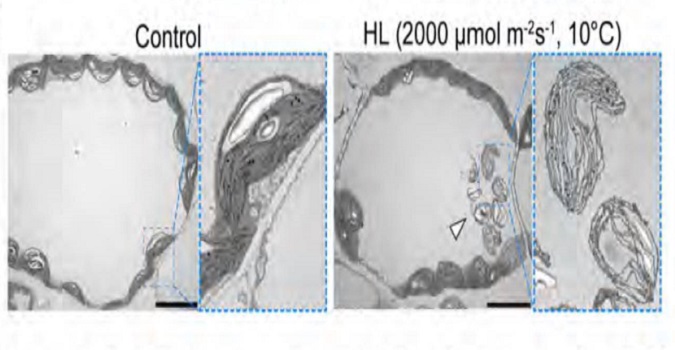
Entire photodamaged chloroplasts are transported to the central vacuole by autophagy
Autophagy is the process by which macromolecules and organelles are recycled. Previously it was shown that during leaf senescence or energy starvation, chloroplasts are degraded piecemeal by autophagy. In this work, Izumi et al. examined the role of autophagy in UVB damaged chloroplasts, using wild-type…
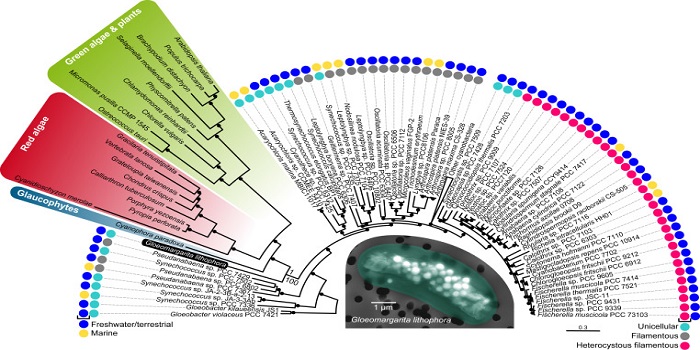
An early-branching freshwater cyanobacterium at the origin of plastids ($)
Plastids are derived from an ancient endosymbiosis of a cyanobacterium, but which cyanobacteria are plastid’s nearest living relatives? Ponce-Toledo et al. generated an extensive phylogeny comprising numerous cyanobacteria and plastid-bearing eukaryotes (glaucophytes, red algae and green algae). Their…
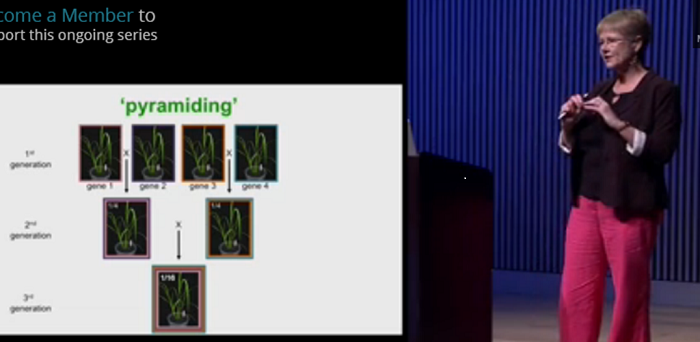
Jane Langdale. Radical Ag: C4 Rice and Beyond
Filmed at the Long Now Foundation, March 2016.
Revolutionary rice
Feeding the world (and saving nature) in this populous century, Jane Langdale began, depends entirely on agricultural efficiency—the ability to turn a given amount of land and sunlight into ever more food. And that depends on three…

